Sanjay Gandhi National Park is 10,300 hectares wide, what makes it special is that it is located in the heart of a bustling city. The park's rich biodiversity is largely due to the lakes there, built in the 19th century.
It has many man-made lakes such as Lake Vihar (1860) and Tulsi (1868), the lake is inhabited by crocodiles and also invites migratory birds. They were created to provide drinking water to the city of Mumbai, and to protect these two reservoirs the national park must always be developed in accordance with environmental laws. At the park's exit, visitors can also visit the Jan Dhan Van souvenir shop - a book cafe with maps, wildlife flyers, hats and coats and handicrafts unique ethnic groups in the region. Jams, jellies, juices and other organic food items from the forest are also available here.
Visitors to the park can choose from adventure activities such as boating, hunting, and more. One of the main highlights of this park is the network of 2,000-year-old stone Kanheri caves. The Deccan Plateau, located south of the Tropic of Cancer, is geologically endowed with igneous rocks and is the cause of the formation of caves. A visit to the caves will provide fascinating information about the Buddhist monks who would travel from village to village in this area giving lectures and then taking shelter inside these caves during the rains. monsoon. The etymology of the word 'Kanheri' can be derived from the Sanskrit word 'Krishnagiri', which means black mountain. Tourists can see the magnificent relics of the Buddha and Bodhisattvas, can walk along the covered corridors of the prayer rooms. One can walk, take a bus or even cycle to Kanheri Cave.
 Register
RegisterSign in Travel Agent
Sign in Supplier
Sign in Affiliate
Sign in Guru

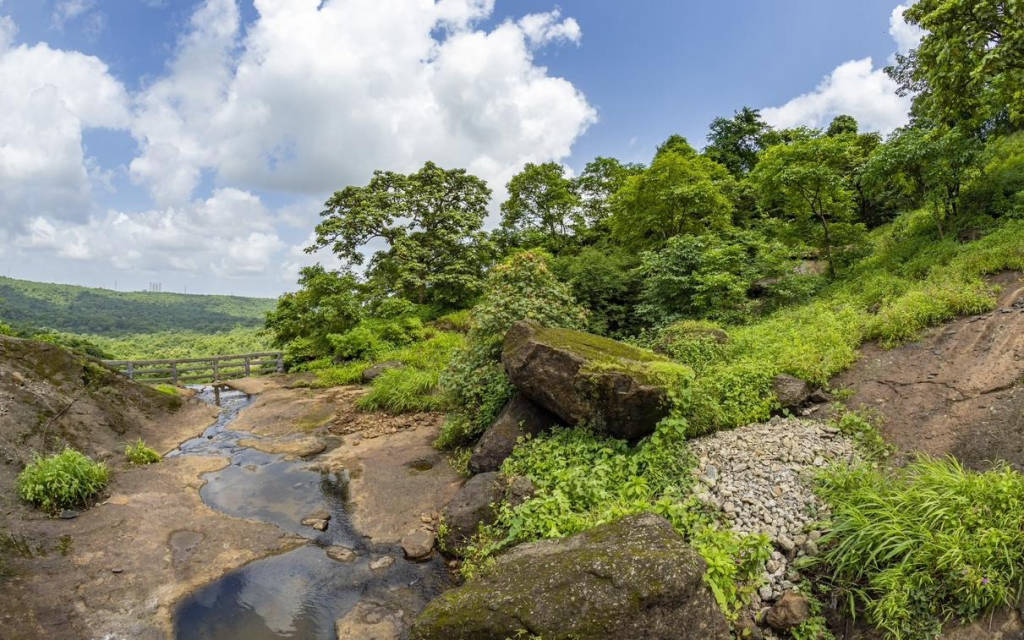
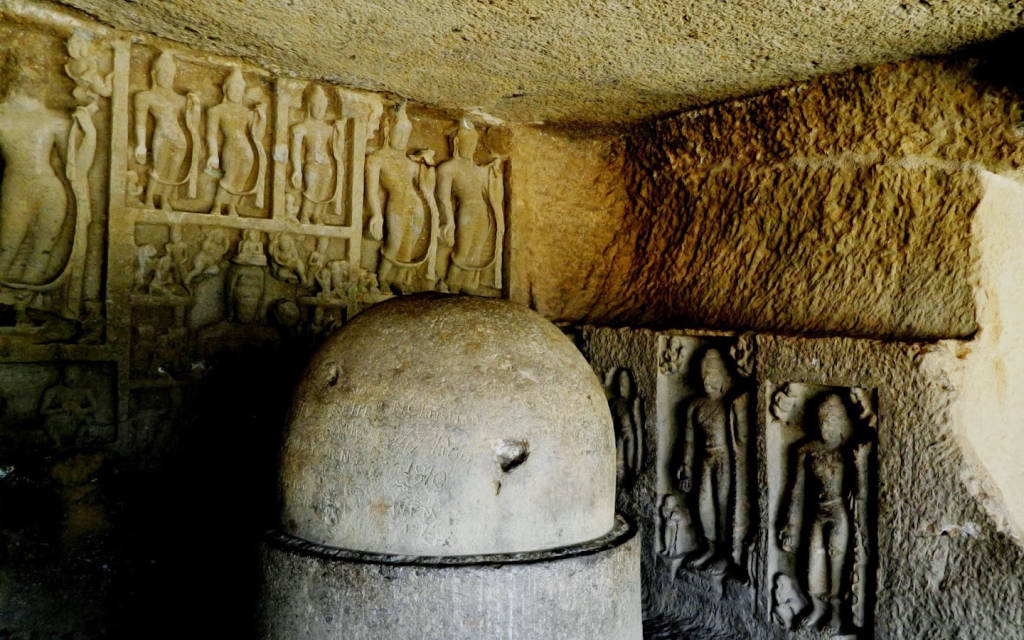
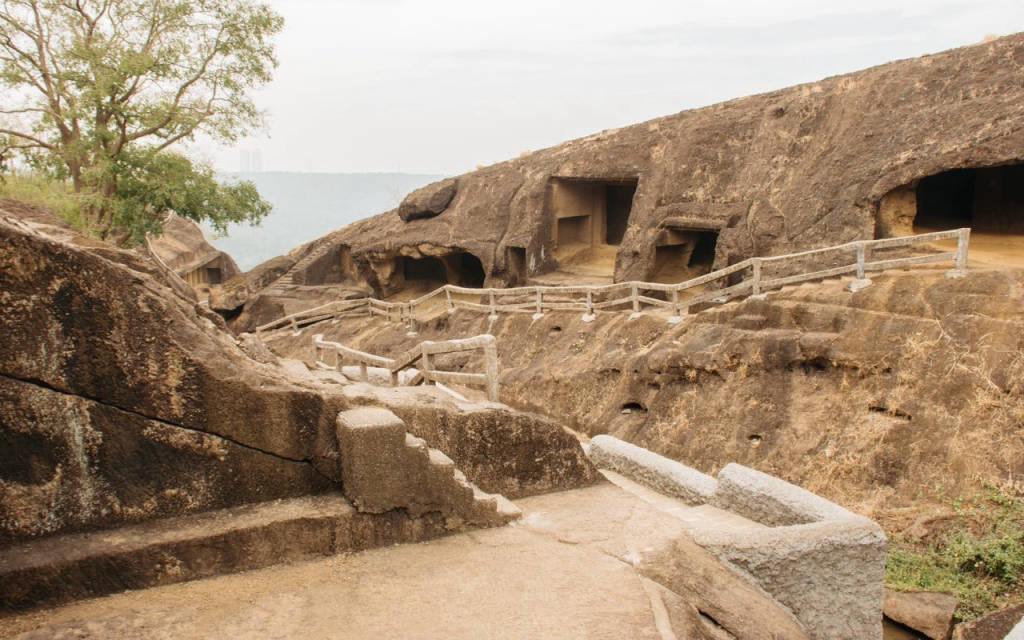
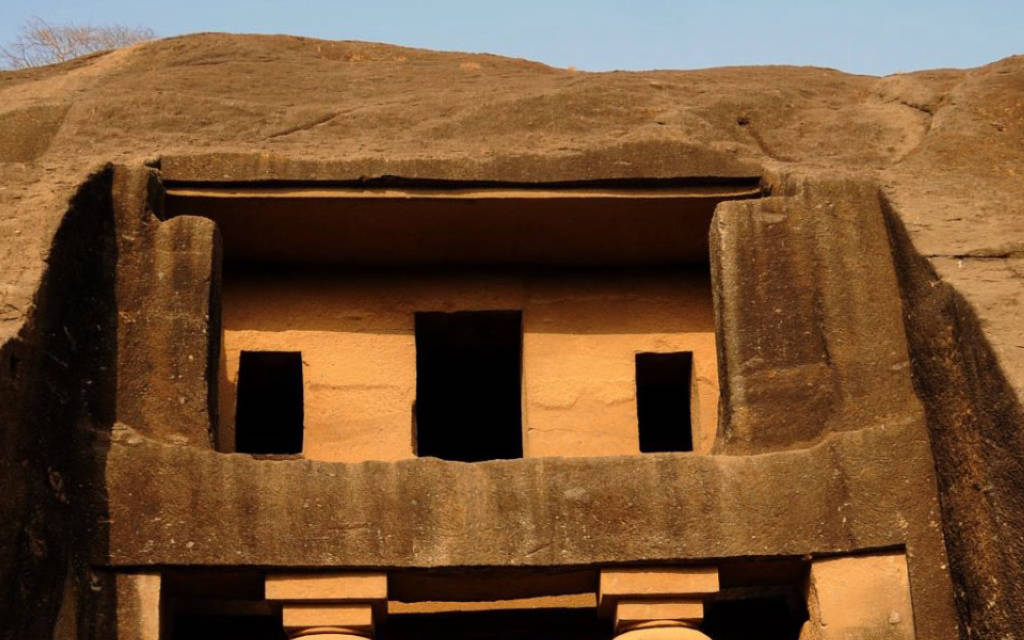
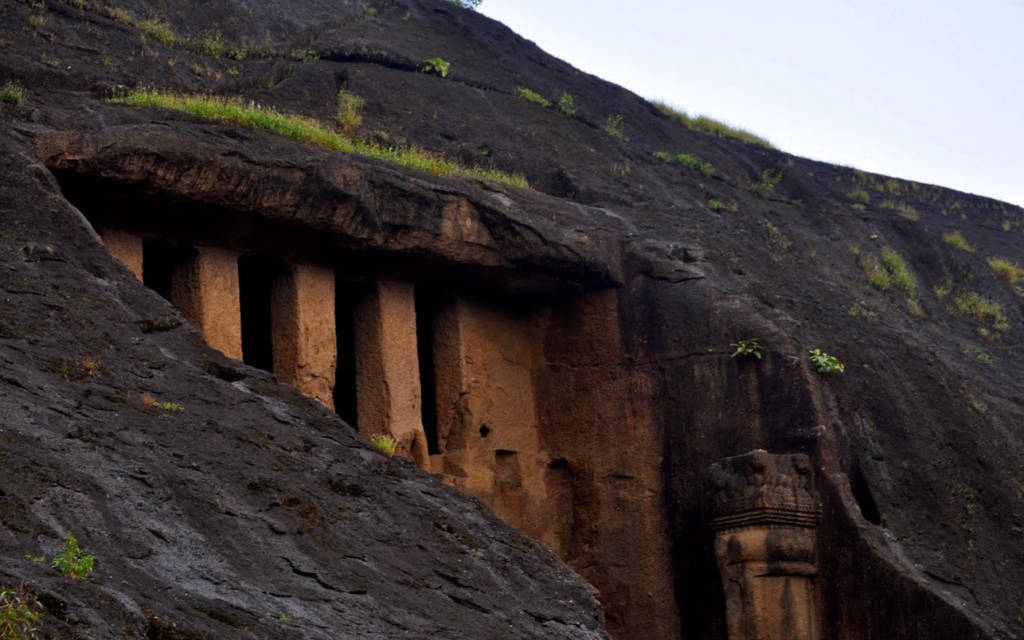
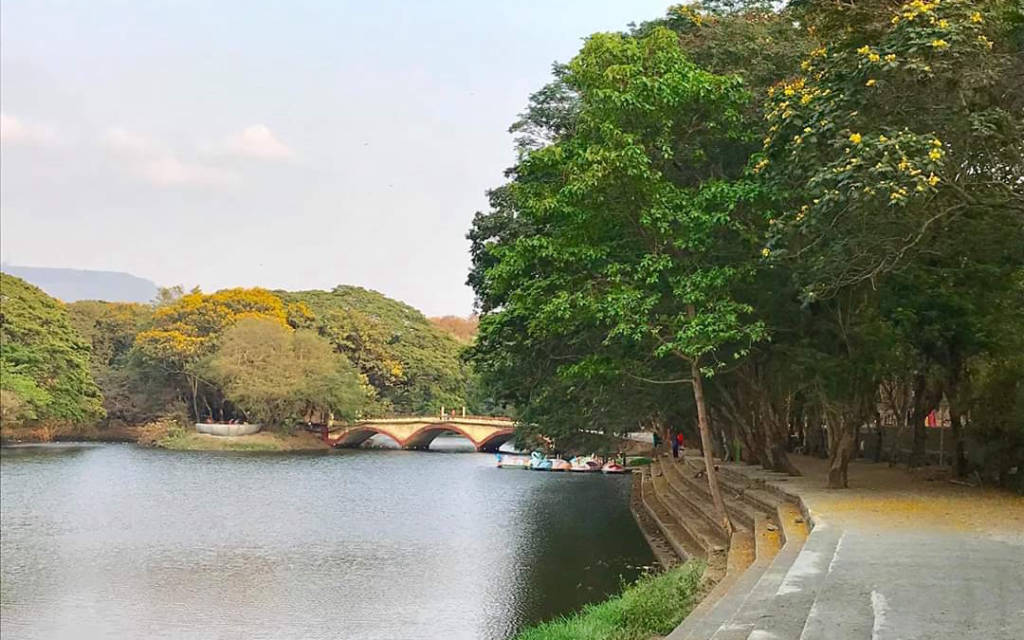






 Western Express Hwy, Ratan Nagar, Borivali, Mumbai, Maharashtra, India
Western Express Hwy, Ratan Nagar, Borivali, Mumbai, Maharashtra, India